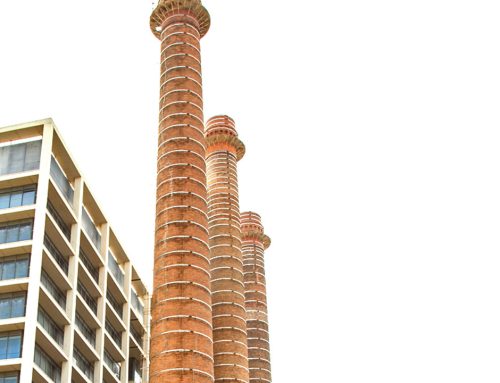Architect Rafael Gómez-Moriana writes in criticalista.com that “Gentrification is like cancer: everything seems to cause it, and there’s no cure.” It is indeed hard to point the finger at one culprit, but after outlining the self-perpetuating process that begins with artists looking for affordable space and ends with foreign investors and luxury apartments, he points out that “public works are increasingly seen as literally ‘paving the way’ for gentrification.”
Proof positive: Som Paral·lel, after opposing la reforma de Paral·lel, now calls into question the planned pedestrianization of Plaça del Setge 1714, and Concòrdia (Poble Sec). “Com es protegirà el veïnat existent del risc de pujada de lloguers que pot ocasionar aquesta reforma urbanística?” They’re still waiting on an answer.
Sadly but not surprisingly, parks immediately attract affluent, better educated, younger, “whiter” residents. Their effect on the barrio’s fabric is called green gentrification or “verdificación” and the Parc del Centre de Poblenou is an example par excellance: Since it’s creation, the number of Northern Europeans that live close by has increased by 3,791%.
French-born academic Isabelle Anguelovski and her team of researchers at the UAB have been given a 5-year 1.5 million euro grant from the European Research Counsel to investigate the effects of and possible cures for “verdificación” in Barcelona. We’ll keep you posted.





